Treatment of Textile Wastewater by a Hybrid Ultrafiltration Electrodialysis Process
Treatment of Textile Wastewater by a Hybrid Ultrafiltration Electrodialysis Process
Source:https://www.elsevier.com/en-xm
Author: Ridha Lafia, Lassaad Gzarab, Ramzi Hadj Lajimic, Amor Hafianea
ABSTRACT
Conventional treatment of textile wastewater is generally based on physical-chemical treatment. Although the effluents from this can be discharged directly there is an increasing interest in industrial wastewater reuse. The present study is based on the investigation of the performance of a hybrid ultrafiltration/electrodialysis process for the removal of COD, salt, and color. Effects of temperature and intrinsic resistances were analyzed to study the ultrafiltration process. The ultrafiltration process was then integrated with electrodialysis (ED) for the treatment of Primary treated textile wastewater (PTTW) and was found that the hybrid process was capable of promoting the quality of the treated textile wastewater. In case of treated textile by UF with a ceramic mem[1]brane, ED process was effectiveness where the removal efficiency of TDS and conductivity were 94.2, 97.1% respectively corresponds to conductivity value of 0.450 mS/Cm at 25 min. It is noticeable that primary treated textile wastewater with combined UF–ED techniques present very similar values for the same parameter as the ones presented by normal feed water.
Only logged in customers who have purchased this product may leave a review.
Related products
Desalination Technology in South Korea: A Comprehensive Review of Technology Trends and Future Outlook
Desalination Technology in South Korea: A Comprehensive Review of Technology Trends and Future Outlook
Artificial Neural Network Model for the Prediction of Groundwater Quality
Artificial Neural Network Model for the Prediction of Groundwater Quality
Current Advances in Membrane Technologies for Saline Wastewater Treatment A Comprehensive Review
Current Advances in Membrane Technologies for Saline Wastewater Treatment A Comprehensive Review
Adsorption Characteristics of Multi-Metal Ions by Red Mud, Zeolite, Limestone and Oyster Shell
Adsorption Characteristics of Multi-Metal Ions by Red Mud, Zeolite, Limestone and Oyster Shell
Removal Of Polar Organic Micropollutants By Pilot-Scale Reverse Osmosis Drinking Water Treatment
Removal Of Polar Organic Micropollutants By Pilot-Scale Reverse Osmosis Drinking Water Treatment
Perspectives And Applications Of Nanotechnology In Water Treatment
Perspectives And Applications Of Nanotechnology In Water Treatment
Correlation Between BOD5 and COD for Al- Diwaniyah Wastewater Treatment Plants to Obtain The Biodigrability Indices
Correlation Between BOD5 and COD for Al- Diwaniyah Wastewater Treatment Plants to Obtain The Biodigrability Indices
Removal of Escherichia Coli from Domestic Wastewater Using Electrocoagulation
Removal of Escherichia Coli from Domestic Wastewater Using Electrocoagulation
Desalination: From Ancient To Present And Future
Desalination: From Ancient To Present And Future
A Review of Reverse Osmosis Membrane Fouling and Control Strategies
A Review of Reverse Osmosis Membrane Fouling and Control Strategies
Sludge Biotic Index
Abstract
This study aimed to determine the relationship between activated sludge microfauna, the sludge biotic index (SBI) and the effluent quality of a full-scale municipal wastewater treatment plant (WWTP) working with shock organic and ammonium loadings caused by periodic wastewater delivery from septic tanks. Irrespective of high/low effluent quality in terms of COD, BOD5, ammonium and suspended solids, high SBI values (8–10), which correspond to the first quality class of sludge, were observed. High SBI values were connected with abundant taxonomic composition and the domination of crawling ciliates with shelled amoebae and attached ciliates. High SBI values, even at a low effluent quality, limit the usefulness of the index for monitoring the status of an activated sludge system and the effluent quality in municipal WWTP-treated wastewater from septic tanks. It was shown that a more sensitive indicator of effluent quality was a change in the abundance of attached ciliates with a narrow peristome (Vorticella infusionum and Opercularia coarctata), small flagellates and crawling ciliates (Acineria uncinata) feeding on flagellates.
Sludge Biotic Index
Abstract
This study aimed to determine the relationship between activated sludge microfauna, the sludge biotic index (SBI) and the effluent quality of a full-scale municipal wastewater treatment plant (WWTP) working with shock organic and ammonium loadings caused by periodic wastewater delivery from septic tanks. Irrespective of high/low effluent quality in terms of COD, BOD5, ammonium and suspended solids, high SBI values (8–10), which correspond to the first quality class of sludge, were observed. High SBI values were connected with abundant taxonomic composition and the domination of crawling ciliates with shelled amoebae and attached ciliates. High SBI values, even at a low effluent quality, limit the usefulness of the index for monitoring the status of an activated sludge system and the effluent quality in municipal WWTP-treated wastewater from septic tanks. It was shown that a more sensitive indicator of effluent quality was a change in the abundance of attached ciliates with a narrow peristome (Vorticella infusionum and Opercularia coarctata), small flagellates and crawling ciliates (Acineria uncinata) feeding on flagellates.


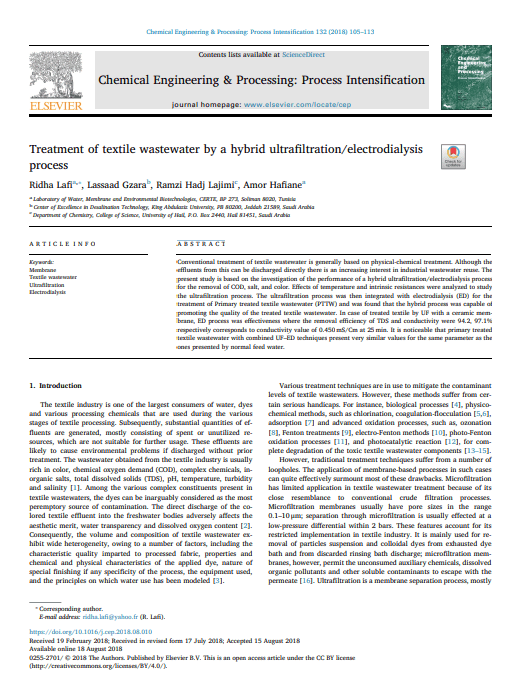
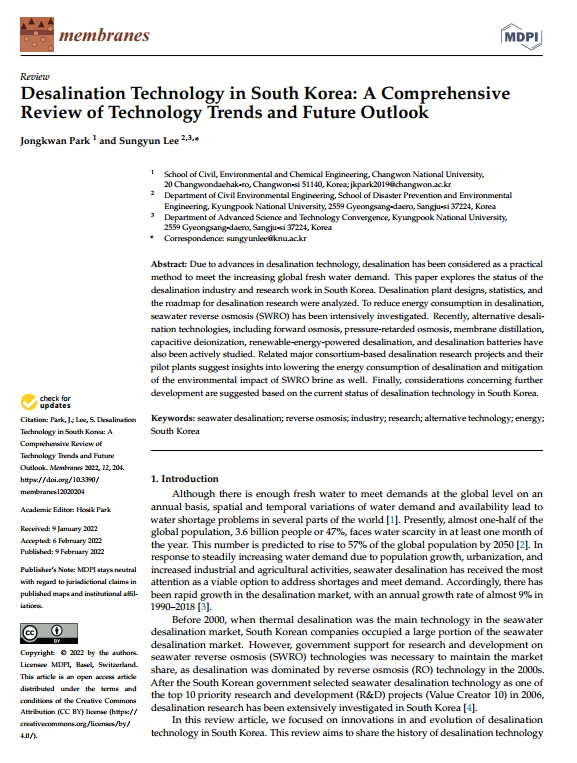
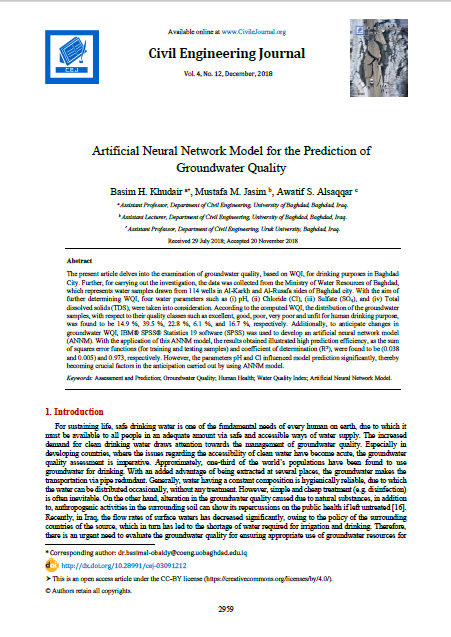
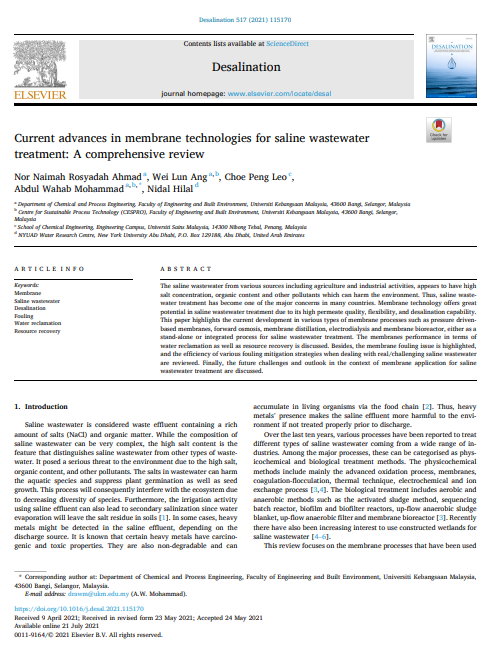
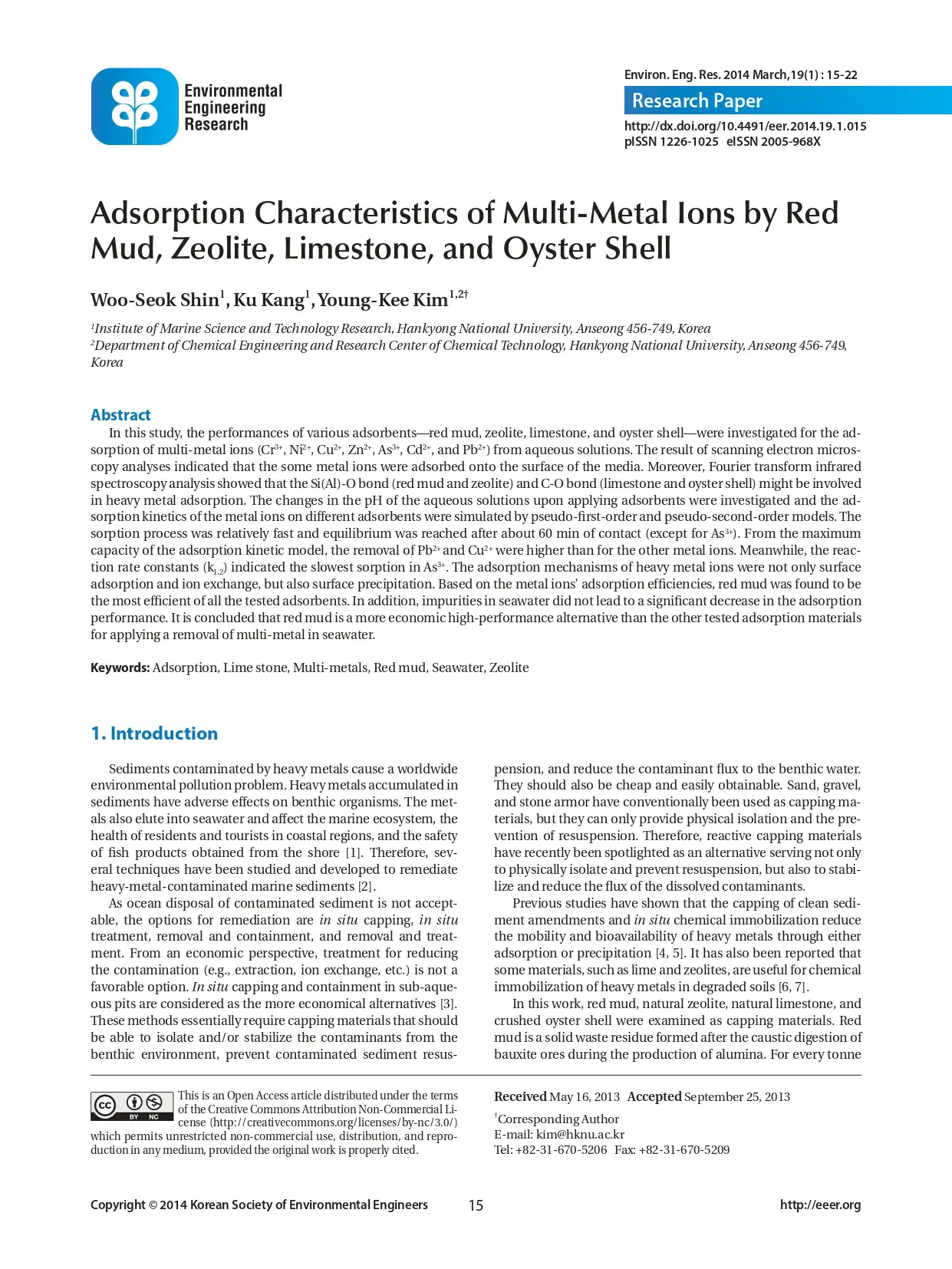
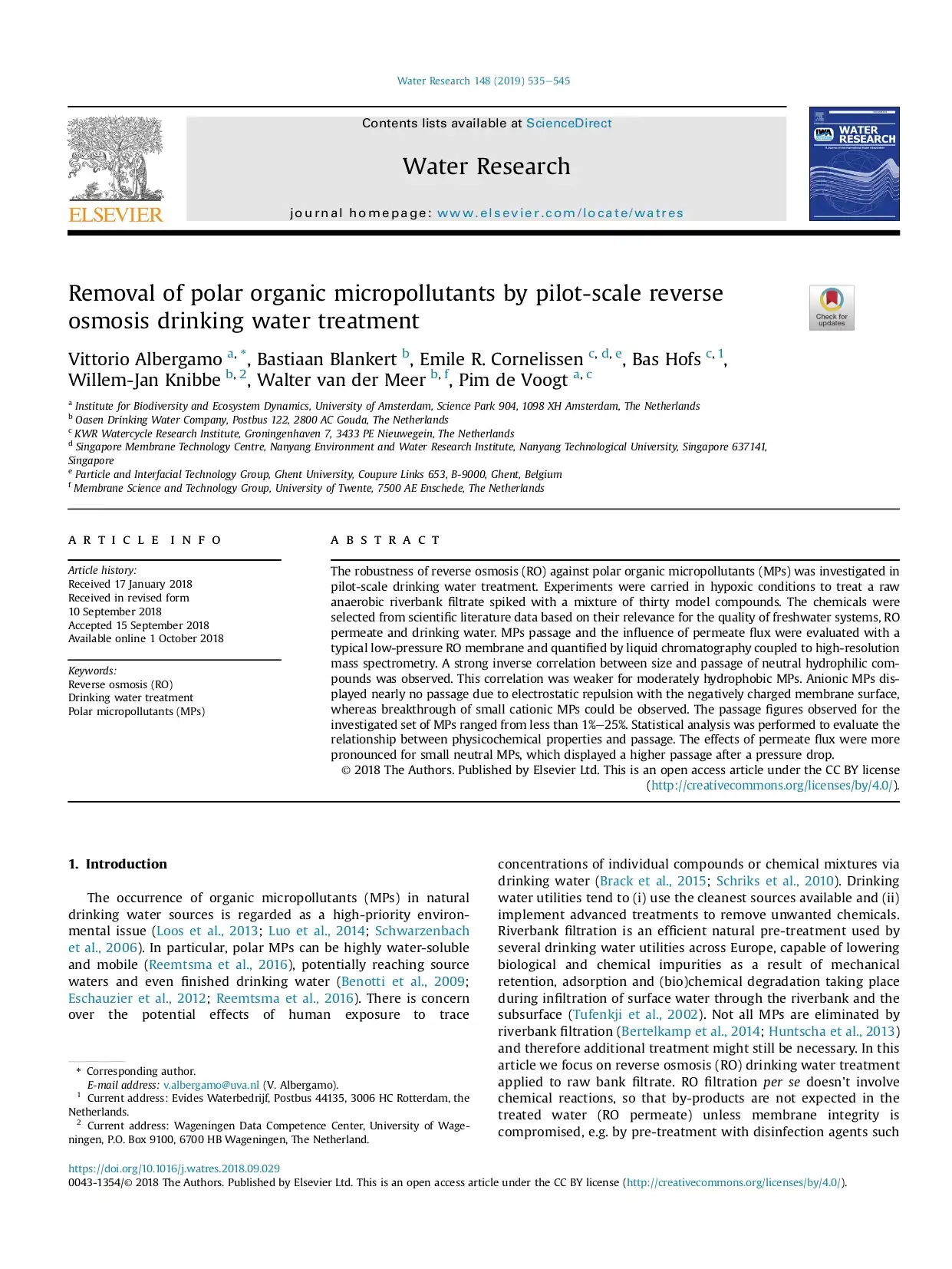
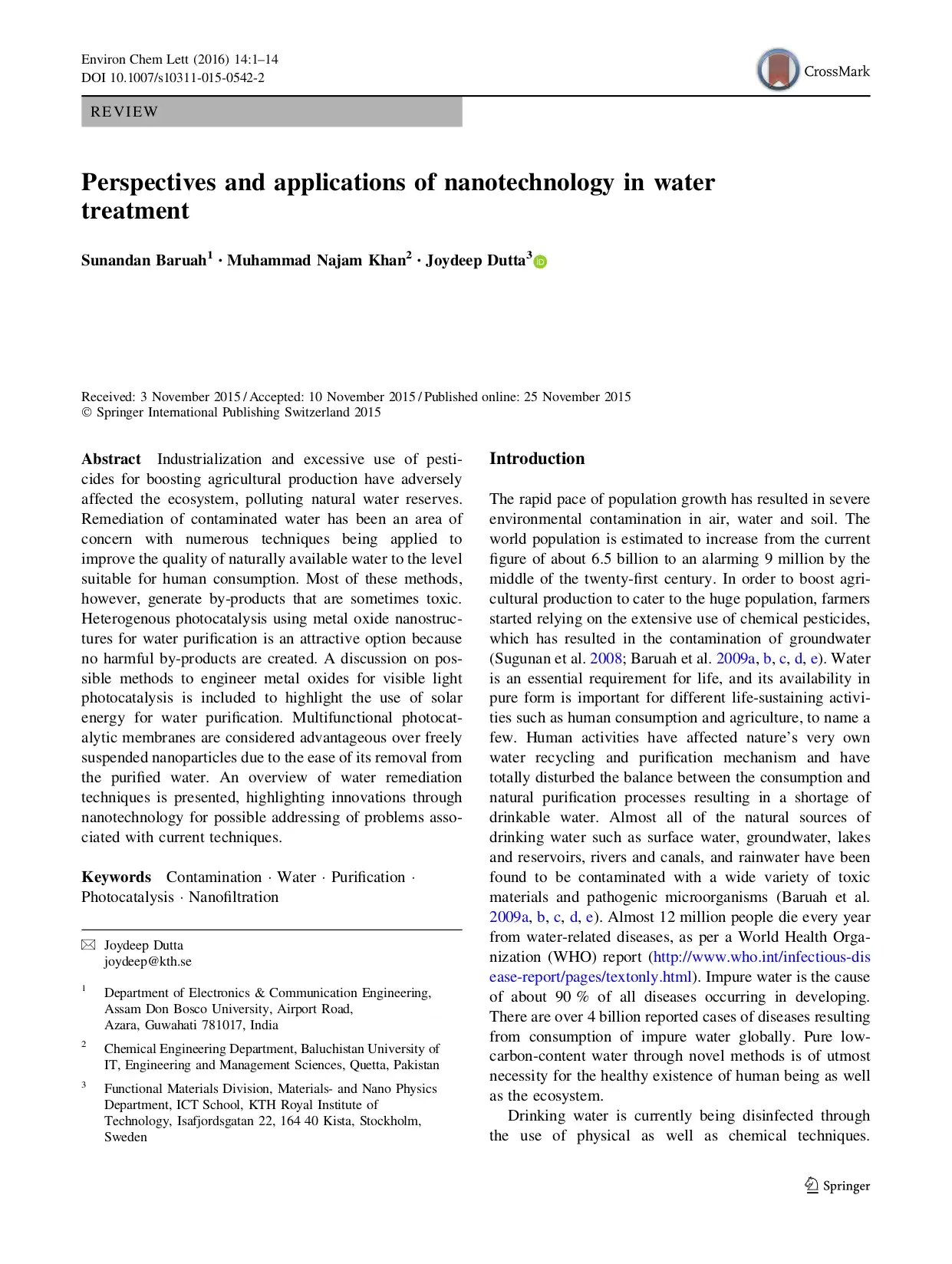
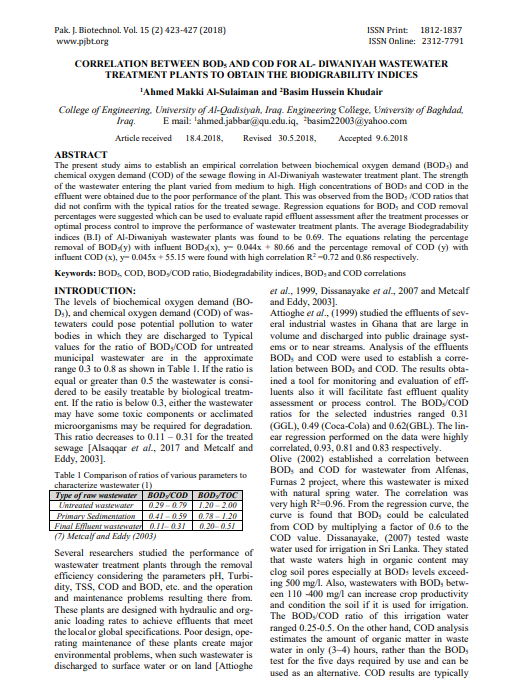
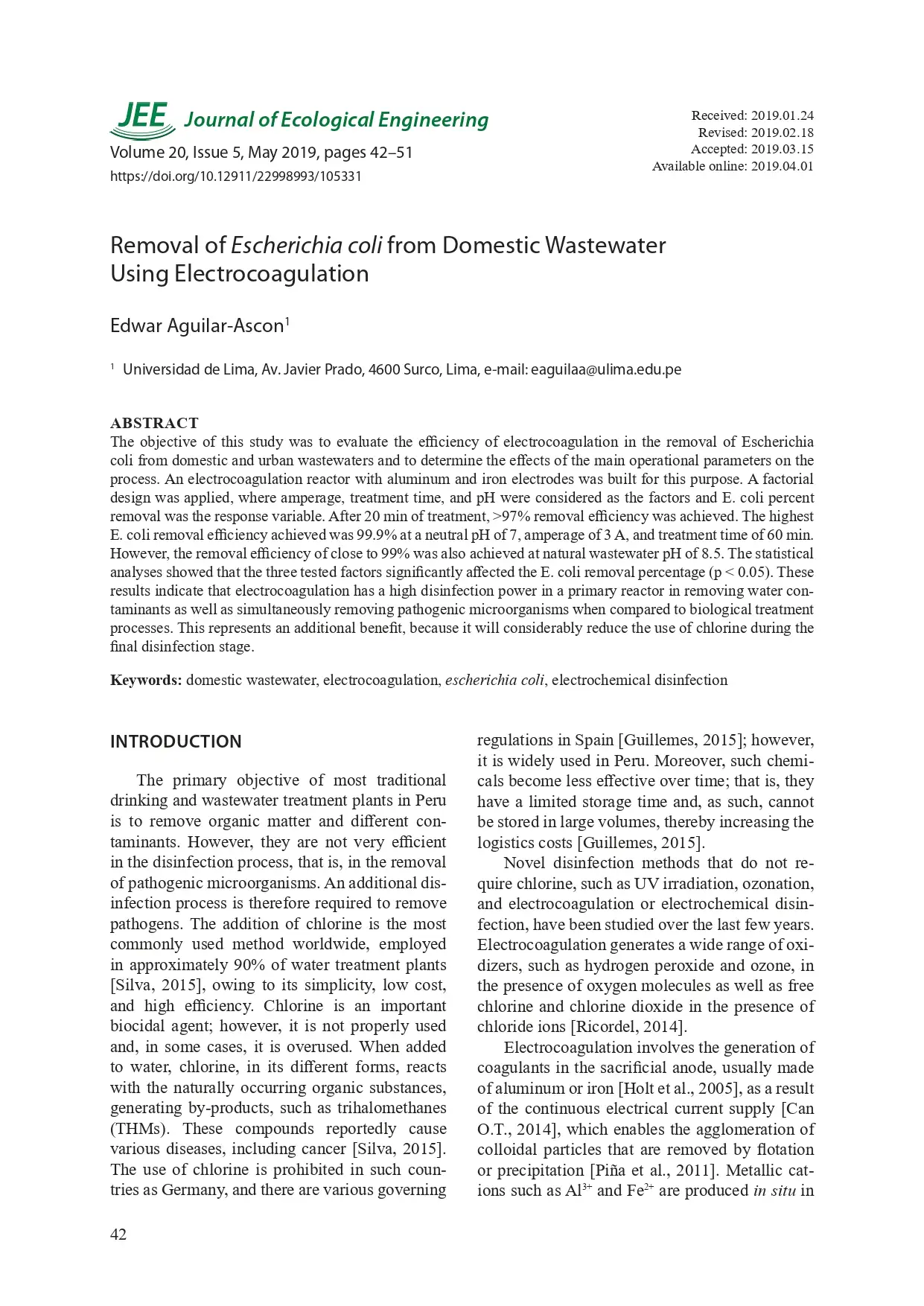
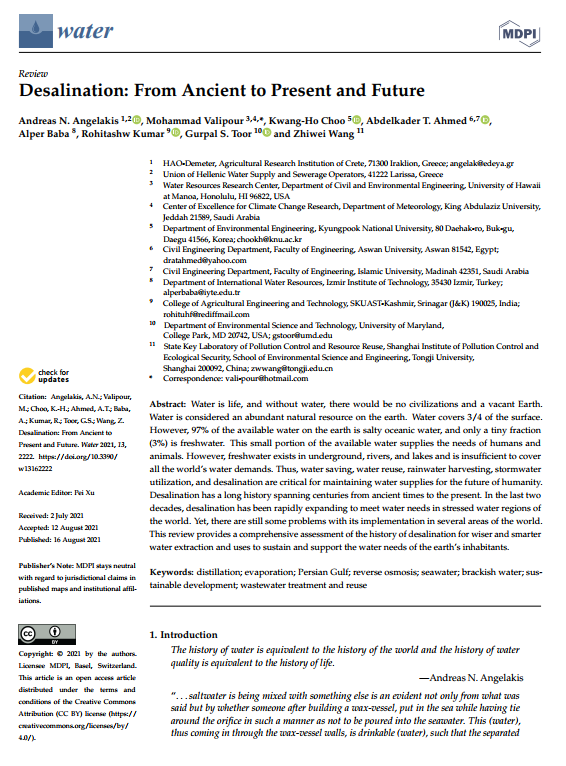
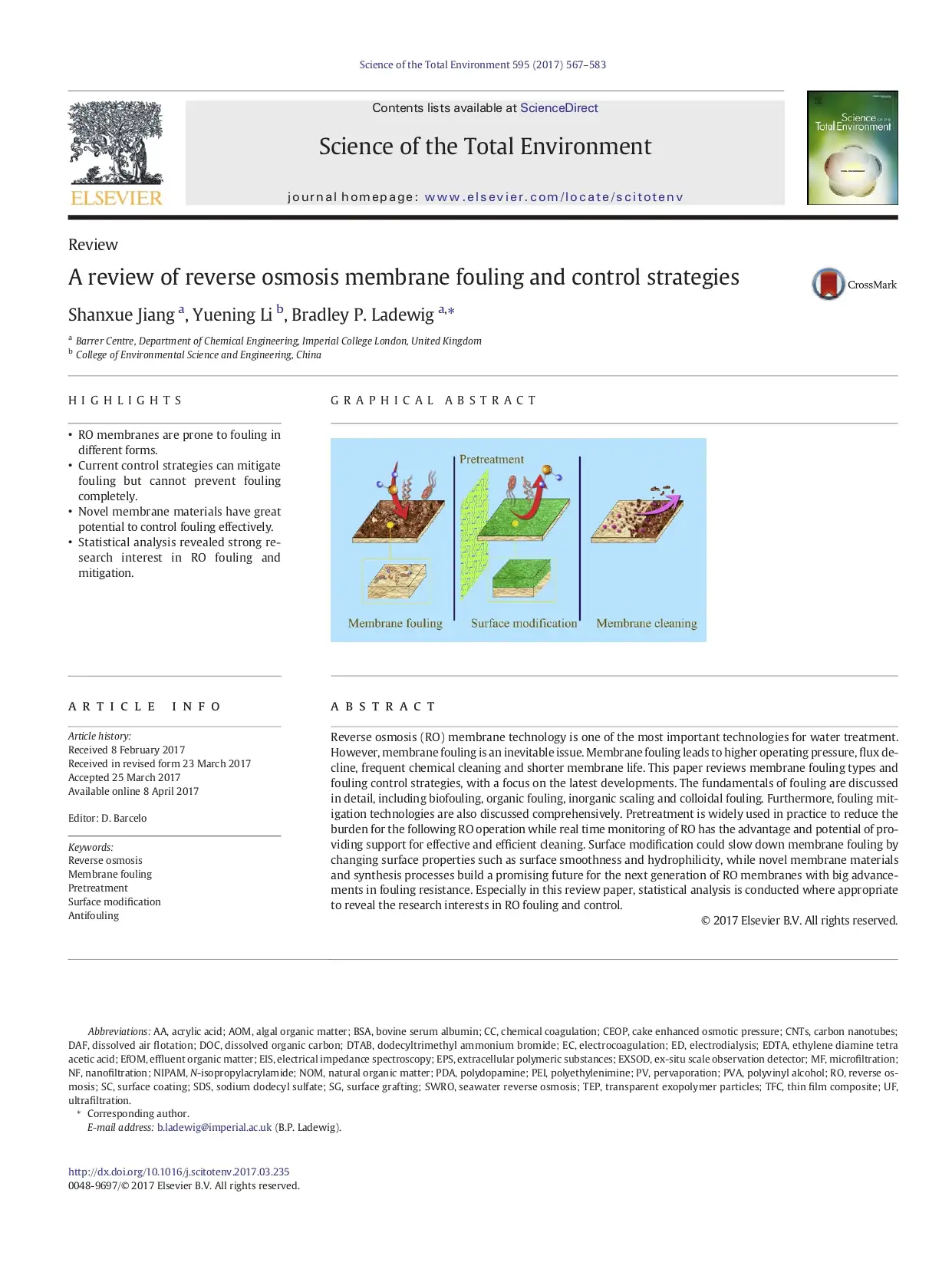
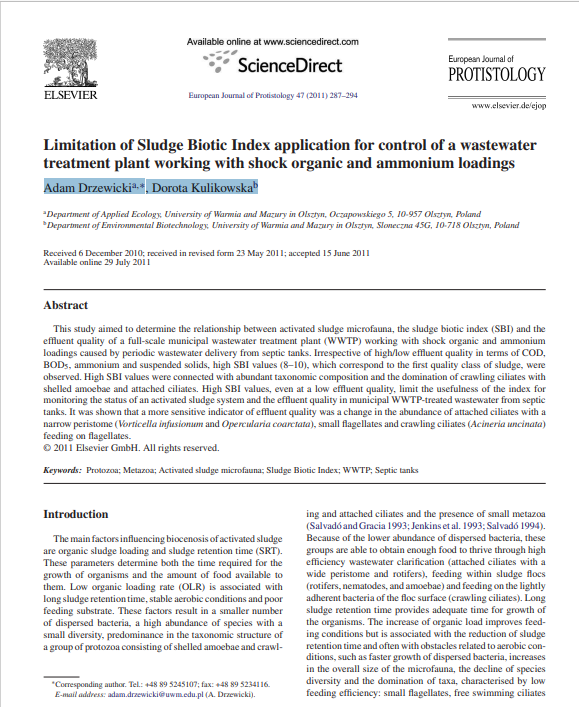
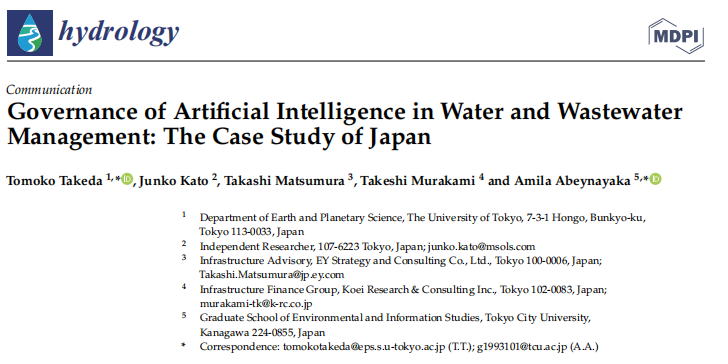
Reviews
There are no reviews yet.